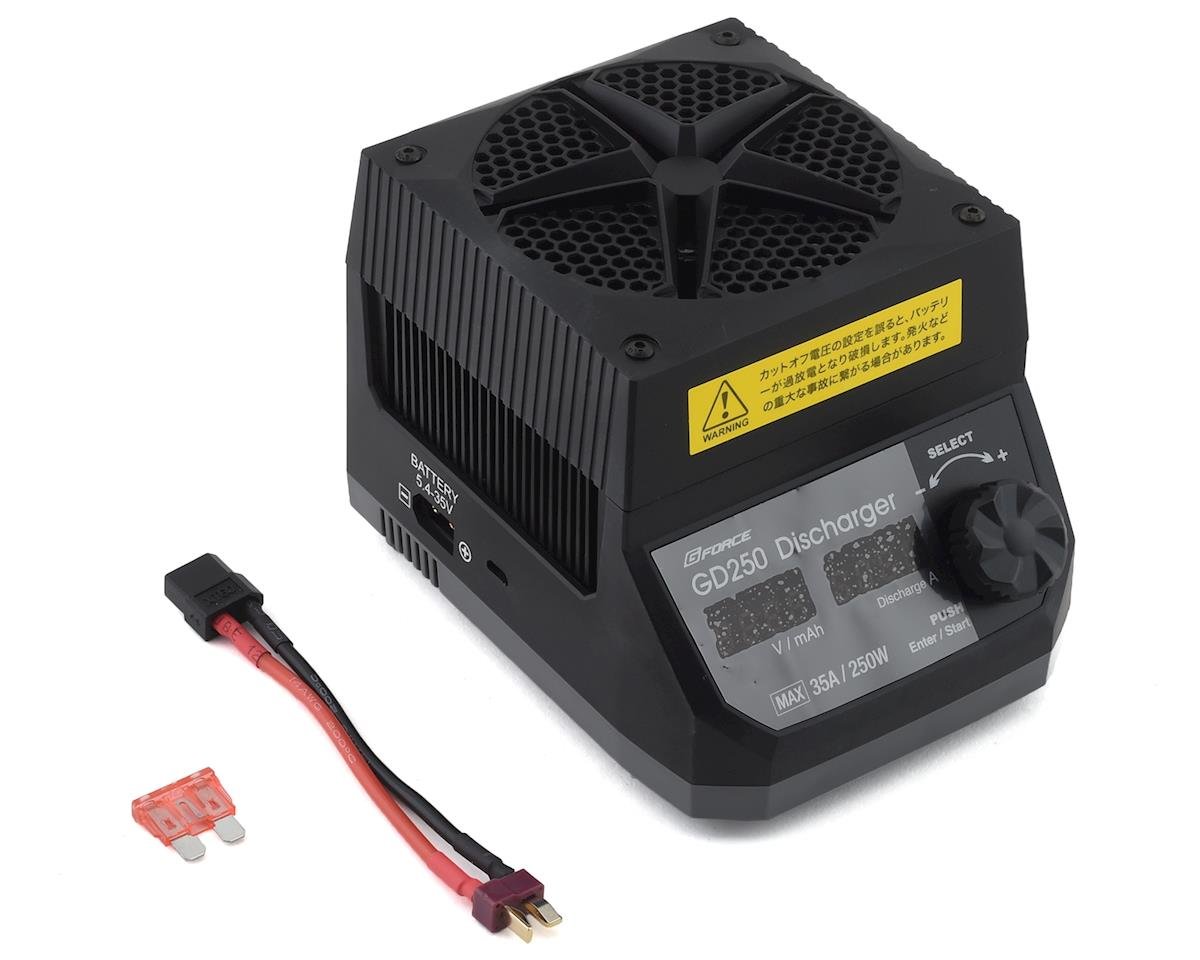Is there a M2P battery charger/cycler out there?
When I fly, I try to be ready for a complete flying session, with the plan of depleting the 4 packs I have. Invariably I don't/can't fly the 4 packs totally out....
I'd love to have a charger and cycler that could take a battery, and discharge (or charge) it to a storage level.
Its a bit of a pain to bring everything home...and sometimes firing up everything, and get 4 packs to the storage charge (65% or so).
I have found a charger that will CHARGE to a storage level, but not DISCHARGE to a storage level...and that particular charger I don't think is made well, due to some inconsistencies when using it.
I'd love to hear if there is a charger/cycler out there of good quality that someone can recommend.
I would rather bring the batteries to a storage charge immediately, than wait for the auto-discharge to kick in...I just think its better long term for the battery.
Hoping you all have a great day.
thanks in advance
Ralph Matile
When I fly, I try to be ready for a complete flying session, with the plan of depleting the 4 packs I have. Invariably I don't/can't fly the 4 packs totally out....
I'd love to have a charger and cycler that could take a battery, and discharge (or charge) it to a storage level.
Its a bit of a pain to bring everything home...and sometimes firing up everything, and get 4 packs to the storage charge (65% or so).
I have found a charger that will CHARGE to a storage level, but not DISCHARGE to a storage level...and that particular charger I don't think is made well, due to some inconsistencies when using it.
I'd love to hear if there is a charger/cycler out there of good quality that someone can recommend.
I would rather bring the batteries to a storage charge immediately, than wait for the auto-discharge to kick in...I just think its better long term for the battery.
Hoping you all have a great day.
thanks in advance
Ralph Matile













